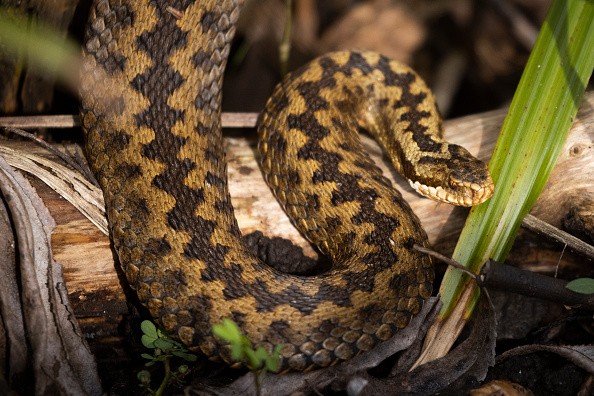Animals' vibrant colors are beautiful. Animals present themselves differently in the animal kingdom to attract and warn. Researchers from the University of Arizona studied how animals vibrant colors managed to evolve and the link to their ancestors. The findings contribute to understanding the animals' evolutionary differences in terms of their colors.
The journal Evolution published the study and led by researchers Zachary Emberts and John J. Wiens from the University of Arizona - Department of Ecology and Evolutionary Biology. The study article was also published on the University of Arizona News website.
Animals' color

Animals' bright colors are often for defensive or warning signs against predators. According to the American Museum of Natural History, the animals' colors can signal whether an animal is poisonous or venomous.
The animal's colors are mesmerizing, but humans should take caution because they may be poisonous.
With the available data from 1,824 vertebrate land species, the researchers looked into the connections between diurnal animals and nocturnal animals and their bright colors, including groups of land vertebrates: snakes, turtles, lizards, crocodiles, mammals, birds, and amphibians.
The research identified in the study the conspicuous or noticeable colors, including blue, orange, yellow, red, and purple. Then, the study looked into whether the species are nocturnal or diurnal, noting how they project colors as sexual or warning signals.
According to the article, the researcher's findings showed the following:
- Animals using bright colors for sexual signals were said to be descendants of ancestors active in the day (diurnal).
- Animals using bright coloring to warn predators or threats were said to be descendants of ancestors active at night (nocturnal).
The study's Senior Author, John Wiens, explained that the general pattern of day and night activity is important to take note of.
At first, the research's results revealed no clear connection between warning colors and diurnal or nocturnal animals' activity. However, the researchers pointed out that scientists then employed evolutionary relationships and statistics to figure out their ancestors' day and night activities.
Researchers looked into the evolutionary patterns and employed two analyses based on the day-night activity and their ancestors. Meanwhile, the study's first author, Zachary Emberts, explained that the animal's traits could result from their evolutionary history. Emberts is also a postdoctoral research associate at EEB.
For amphibians, the research added that snakes interacted in the darkness.
The bright colors have no connection to their sexual appetite as they mate in the darkness. According to Wiens, snakes only use their bright colors against predators (warning).
Emberts added that colors like red, yellow, and orange are used with similar frequency as a warning signal against predators and for sexual mating attraction. In addition, he explained that blue was mostly associated with mating.
Singing Male Rock Hyrax
Other than colors, sounds or beats are common to animals, which can intimidate or attract potential female partners.
In the previous article, a study showed that male rock Hyraxes singing in rhythm or beat could help them find potential female partners, showing that they are healthy as partners.
According to the study, the animal's skillful talent to keep on the beat could result in more successful courtship.
Visit the University of Arizona website for the research article.
Related Article: Scientists Are Alarmed at the Mysterious Disappearance of Billions of Snow Crabs in Alaska
For more similar, don't forget to follow Nature World News.
© 2025 NatureWorldNews.com All rights reserved. Do not reproduce without permission.





